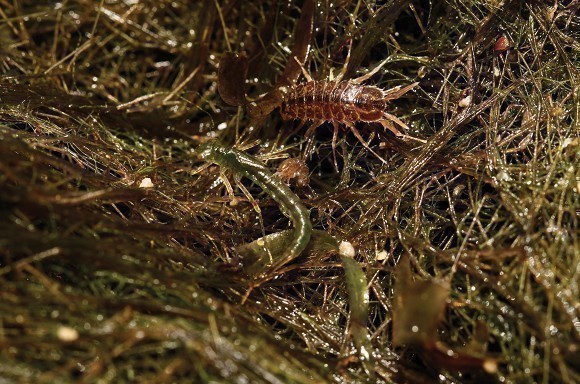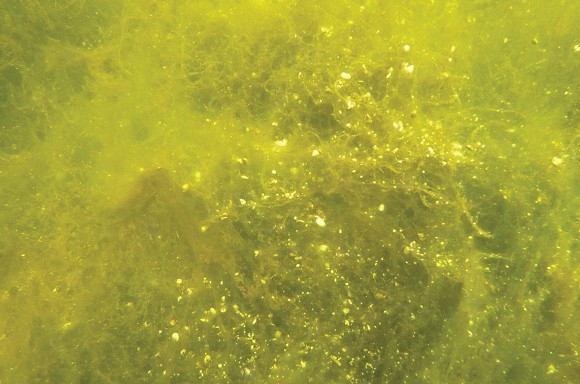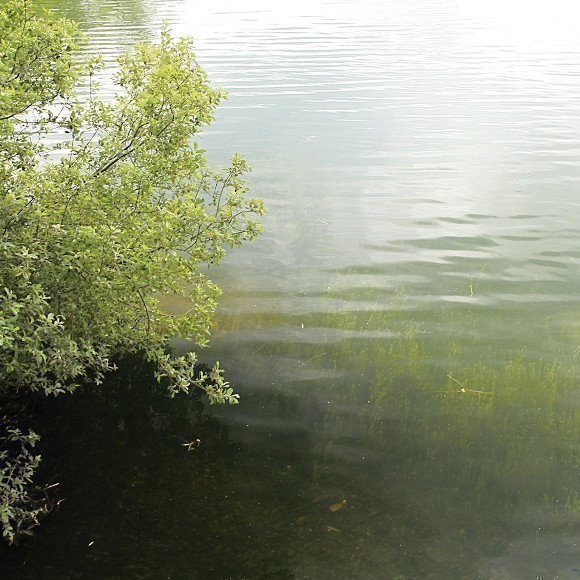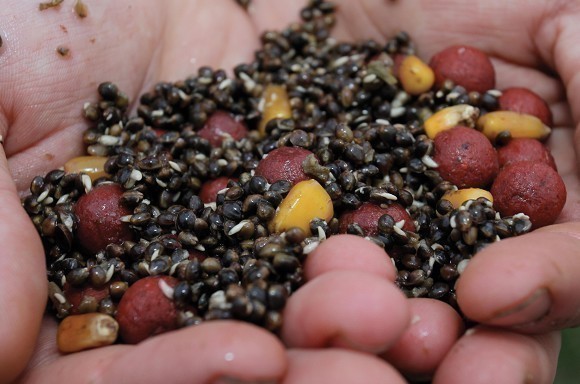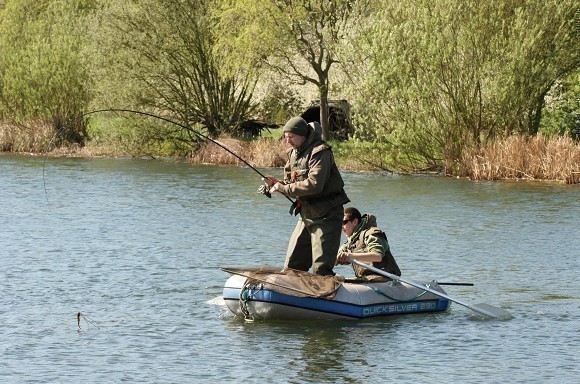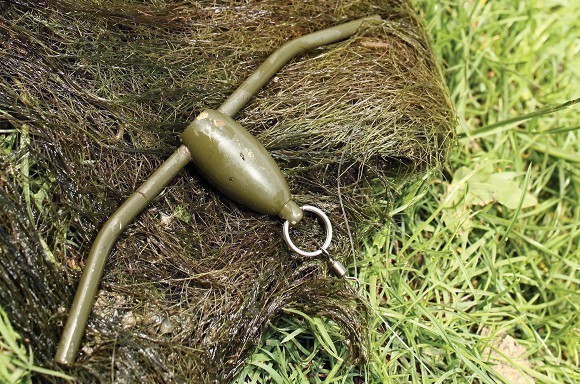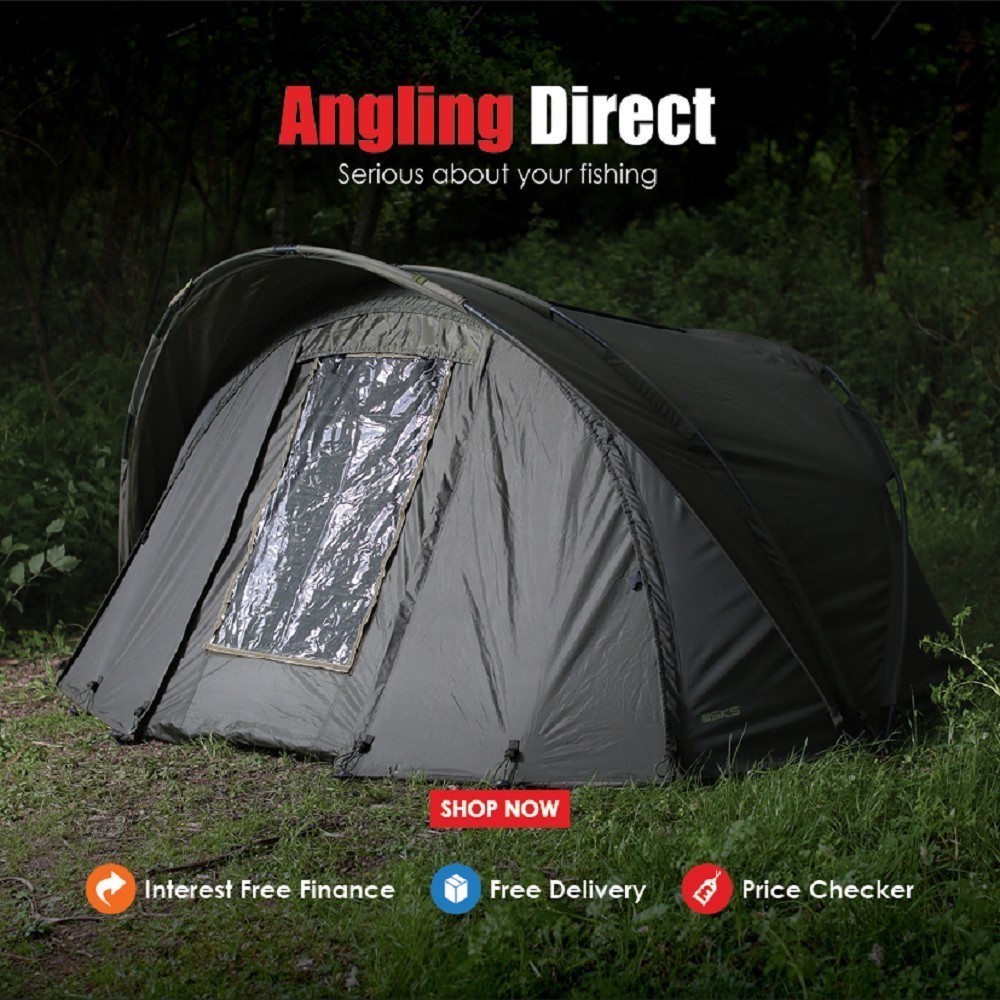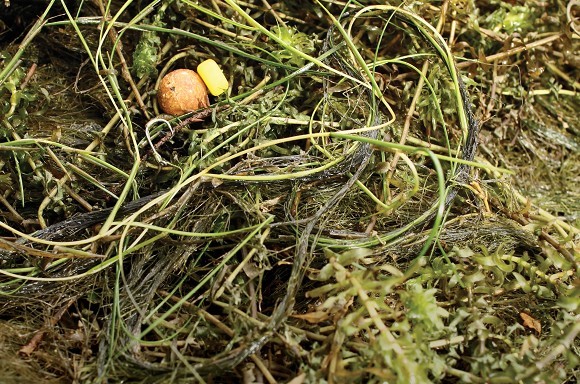
Ultimate guide to weed
How to target and fish effectively one of the best and most natural fish holding areas on the lake: a weedbed
Why fish in weed?
Quite simply, where you find weed, the carp won’t be too far away. Carp love it because it offers them cover and sanctuary. Not only that but the abundance of aquatic invertebrates, from shrimps to snails to beetles and larvae that live in weed offer a ready-made larder too. Drag in just a small amount of weed and check it and you will be amazed at just how much food it contains.
Often during the warmer months the carp will spend the entire day basking in the weed and refusing to break cover. This is because as the weed photosynthesizes during the day it releases oxygen into the water. After dark however, these weedbeds begin to take oxygen rather than produce it and the carp will often move out and feed where they are more comfortable.
With the carp spending such a large proportion of their time in and around weed, it would be foolish not to fish for them there. Many anglers are put off by weed, but with a little thought, it is possible to present a bait just about anywhere and the carp will often feed with confidence when they feel that they are safe. Once you have hooked a fish, your tackle is tested to the limit so this is also an area where you need to up your game. Fishing in the green stuff is not for the faint-hearted!
The truths about weed
Weed comes in many different types, each with it’s own properties. There are times when it grows so thick that even with the correct tackle it becomes extremely difficult to land a hard-fighting carp. Rarely is it impossible, however. Presentation is more usually the issue and it is hard to leave a rig out that you are unsure is fishing effectively. To those ends, it pays to try and understand exactly what it is that you are fishing over so you can choose the right rig for the job. It can be difficult to gauge the exact depth of the weed and fine silkweed can be difficult to detect at all simply by feeling the lead down.
Different types of weed
Good weed: Fresh weed growth of any type holds natural food for the carp – and yes, you’ve guessed it, the carp love it. Fishing amongst new weed growth in the spring is a good tactic and can prove to be very, very effective. Channels and clear spots in and amongst the weedbeds are well worth targeting too. As long as you can present your bait, it is good weed, and although it may seem like a nightmare, get it right and you’ll have a red letter day!
Bad weed: Dead and decaying weed is far less attractive to carp, as the natural food also dies off. When it dies back and covers the lakebed, presentation can be a nightmare. Fine silkweed can be the most difficult to deal with. Not only can the lead, rig and hook become masked by it but the main line can also sink into it. The weed then becomes difficult to dislodge from the line and can jam in the rod rings as you try to reel in.
How to find a clearing
Where the water is clear, and it often is on weedy lakes, it pays to climb a tree or two as from above clear spots are often visible. Even if you can’t see the bottom, gaps and channels in the weed can be noted for further investigation with a lead. A marker utilizing an oversized ring and a longer boom helps to prevent the float from jamming up, but where the weed is dense it is not always possible or practical to use a conventional marker setup to search out these holes. Instead, a bare lead can be used, casting out and trapping the line as the lead hits the water and feeling it down to see if the bottom is clear. When a clear area is found then it is just a case of clipping up to this spot and marking the line, so when a rig is attached you should be able to hit it every cast.
Sometimes there are no obvious clear areas or the fish are feeding in thick weed so this is where we have to fish. There are several ways to present a hookbait in the thickest weed, depending on the situation. For fishing in amongst thick Canadian pondweed, a solid PVA bag can be deadly, whereas a Choddy or critically balanced bait will sit on top of low-lying silkweed. Alternatively, you can create your own clear spots either by putting the effort in and raking it out or by getting the fish to clear it for you.
Baiting over weed
Nothing gets fish rooting around in weed quite like particle baits and this can be used to your advantage by pre-baiting an area and relying on the carp to clear it of weed for you. Both hemp and Redband are ideal, and wallet-friendly too. An effective way of doing this is to put in a bucket, followed by regular smaller baitings. It is very satisfying to see your spot getting bigger and bigger as the fish tear up the weed.
In a fishing situation, any bait can be used. Crushed boilie and pellet is ideal for bag work, but when fishing a Choddy a scattering of boilies that gets the fish moving about creates a better feeding situation to maximize the potential of the rig itself.
Playing fish in weed
It’s important to hit any takes quickly and before the fish gets up a head of steam if possible. Once they have buried themselves in a weedbed then it is much harder to extract them. Keep the rod tip high and if possible keep the fish moving. If the fish does weed itself solidly then try slowly walking backwards with the rod held high.
Another way of freeing weeded fish is to cast your marker or another rod over the weedbed and to get someone to help, pulling from two angles. If you can’t get it moving by steady pressure then it’s time to put the rod down, make a cup of tea and be patient. Don’t just pull for a break immediately – the fact that it is solid usually means that the fish is still on the end. Sometimes this can take a couple of hours, but the carp will eventually swim out of the weed and battle can be rejoined.
Let's talk rigs
Try to tailor the length of your rig to the particular situation that you are facing and the baiting situation that you have created. If you have baited a tight area in a hole in the weed then the fish will not be moving much when feeding and a short hooklink over a long braided hooklink of several feet with a critically balanced bait that slowly settles on top of the weed can be effective, but equally, a naked Choddy would be a good choice if the weed wasn’t so deep.
Try a short hooklink of around four-inches when using a solid bag to crash through weed rising vertically from the lakebed. Pop-ups offer superior presentation over spots where there is weed present, but if you can find a clear spot then a bottom bait.
Line lay can be the tricky bit and using a rake to clear a channel through which to lay your lines can massively improve your presentation leading up to the rig. If you are forced to fish up and over a weedbed, then rather than trying to sink the line, using a float to run it across the surface is another solution, with the carp being far less wary of a vertical line.





